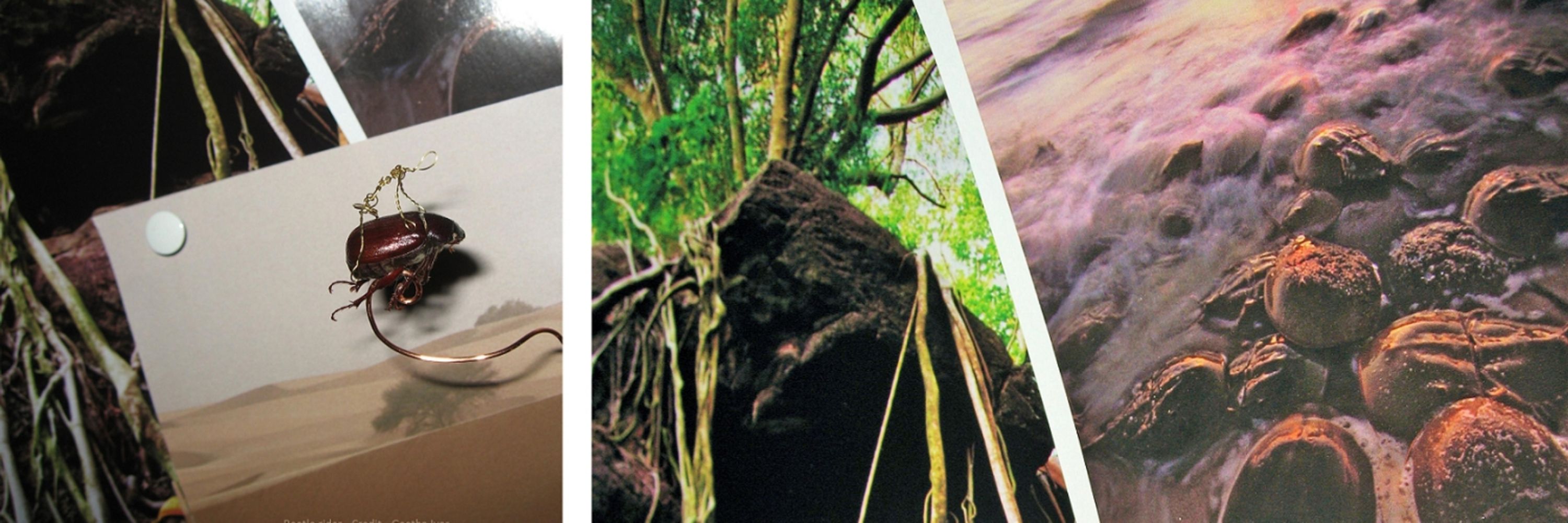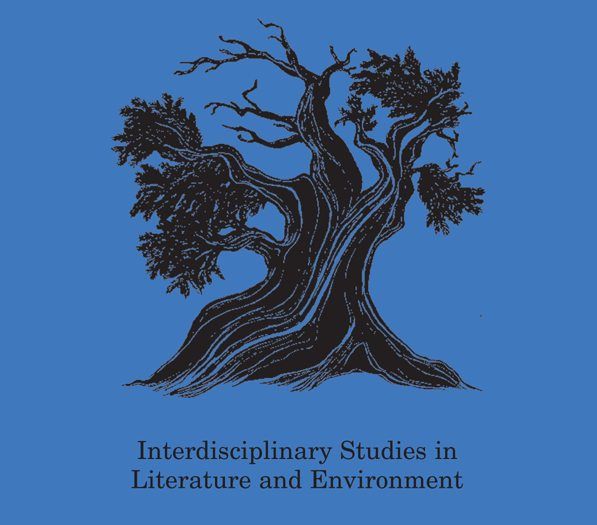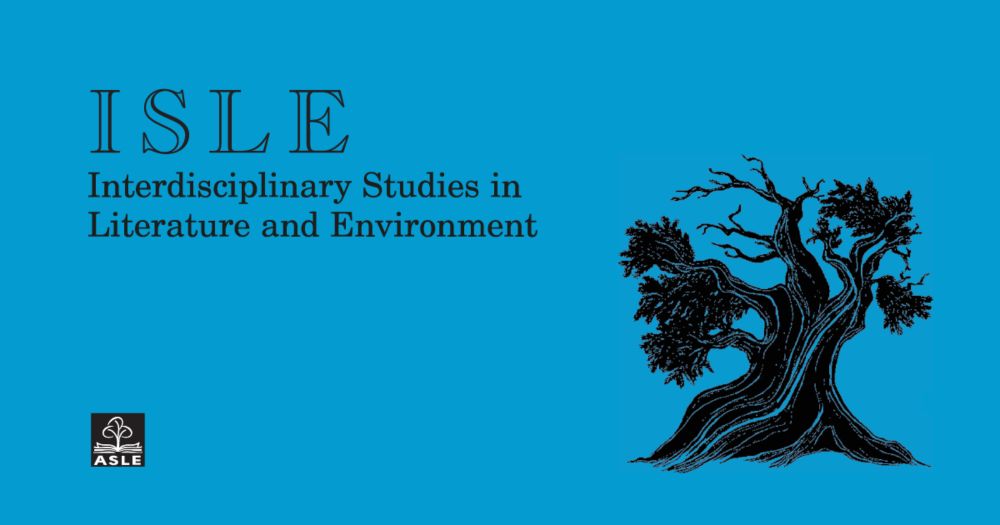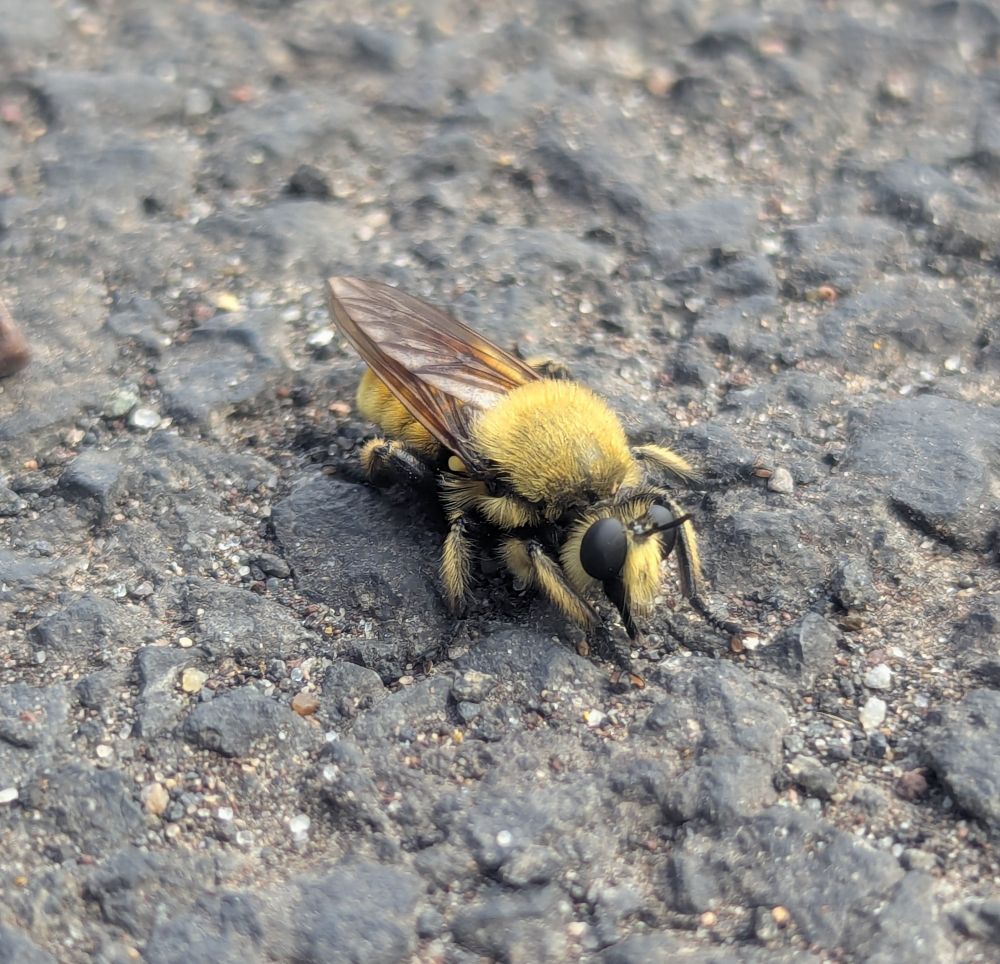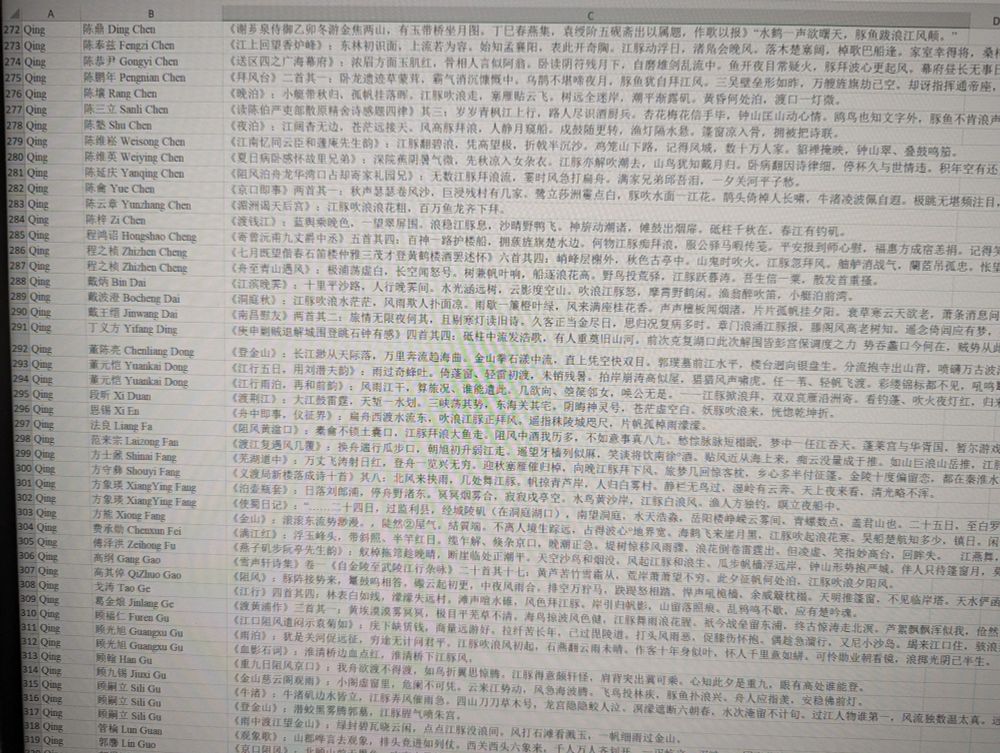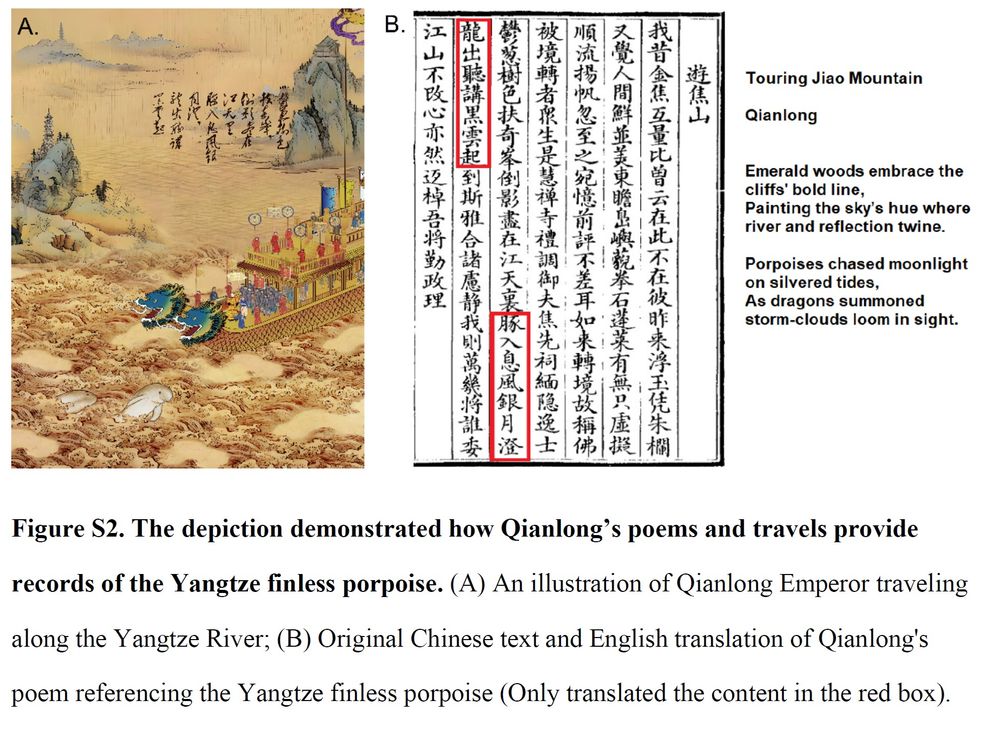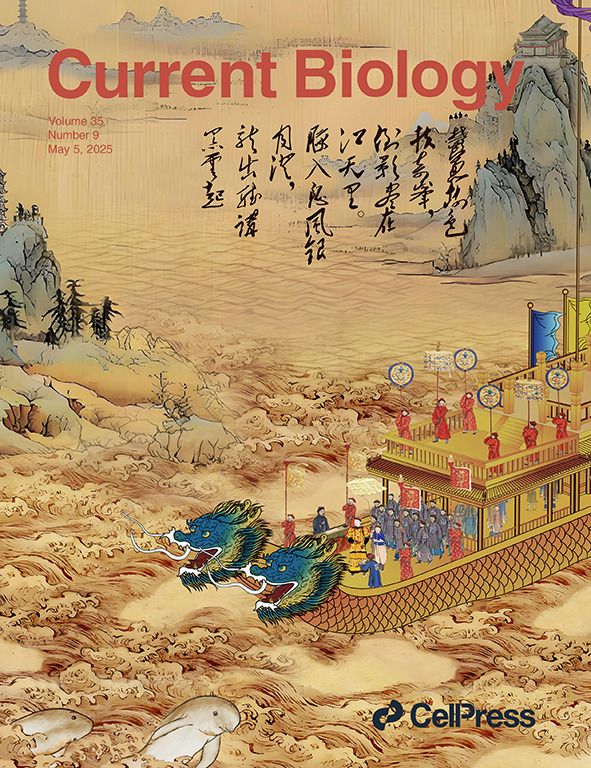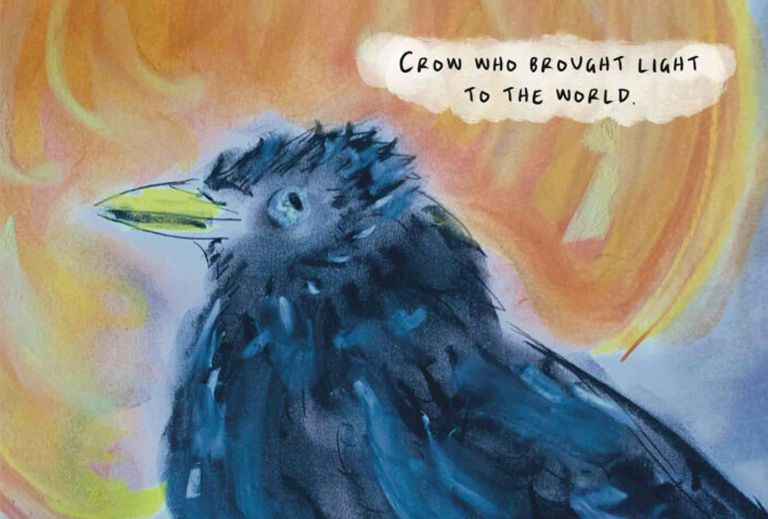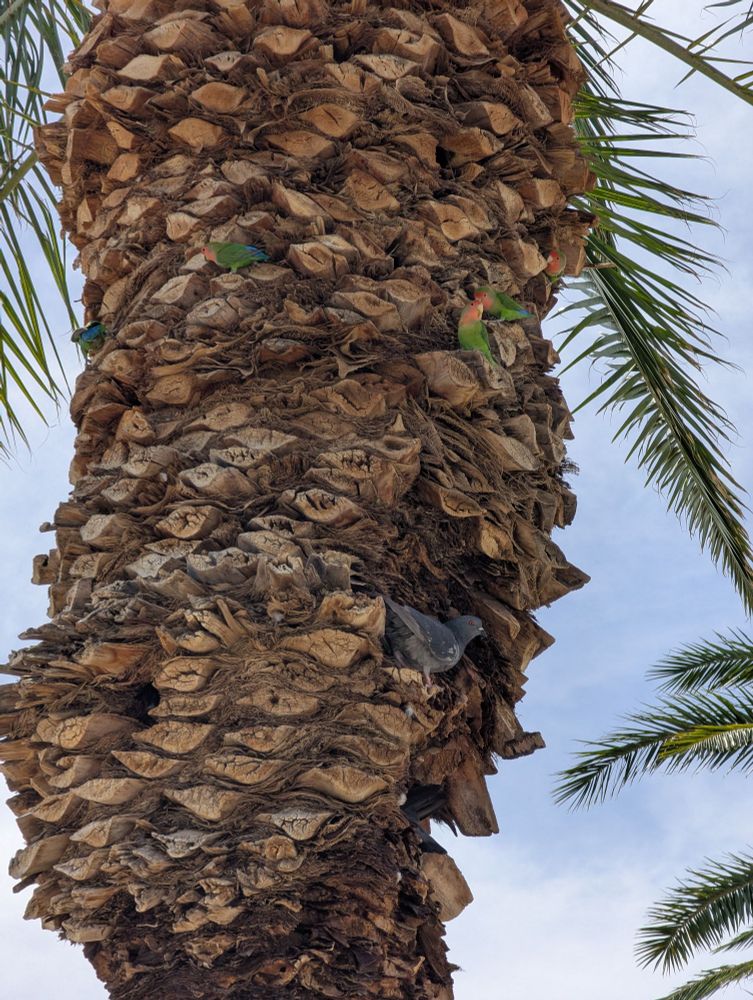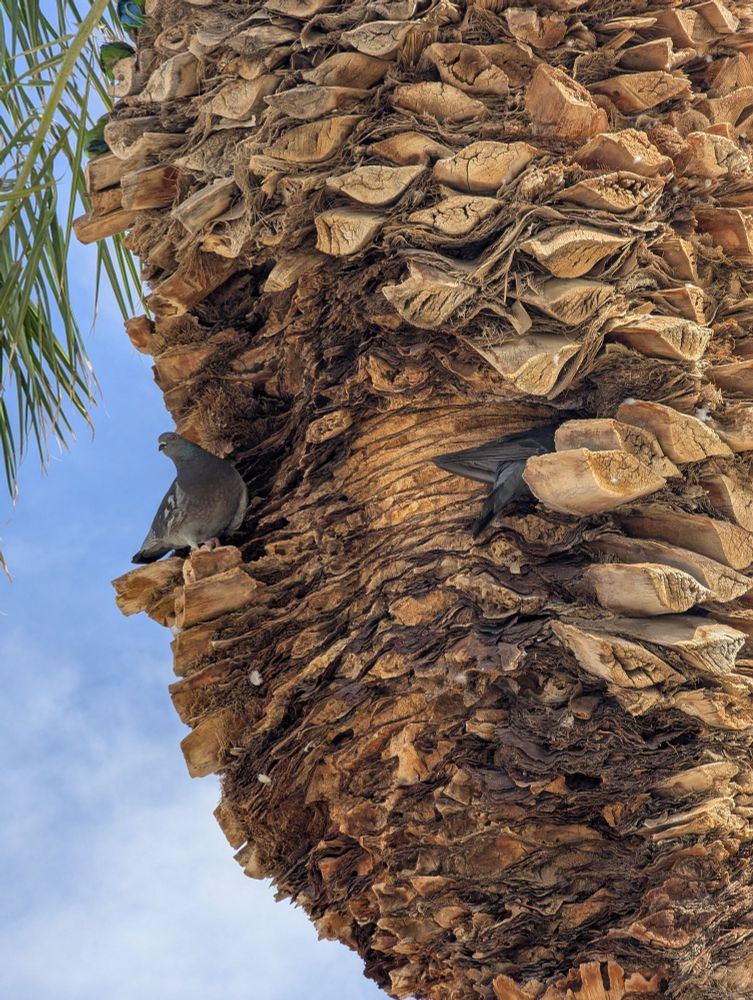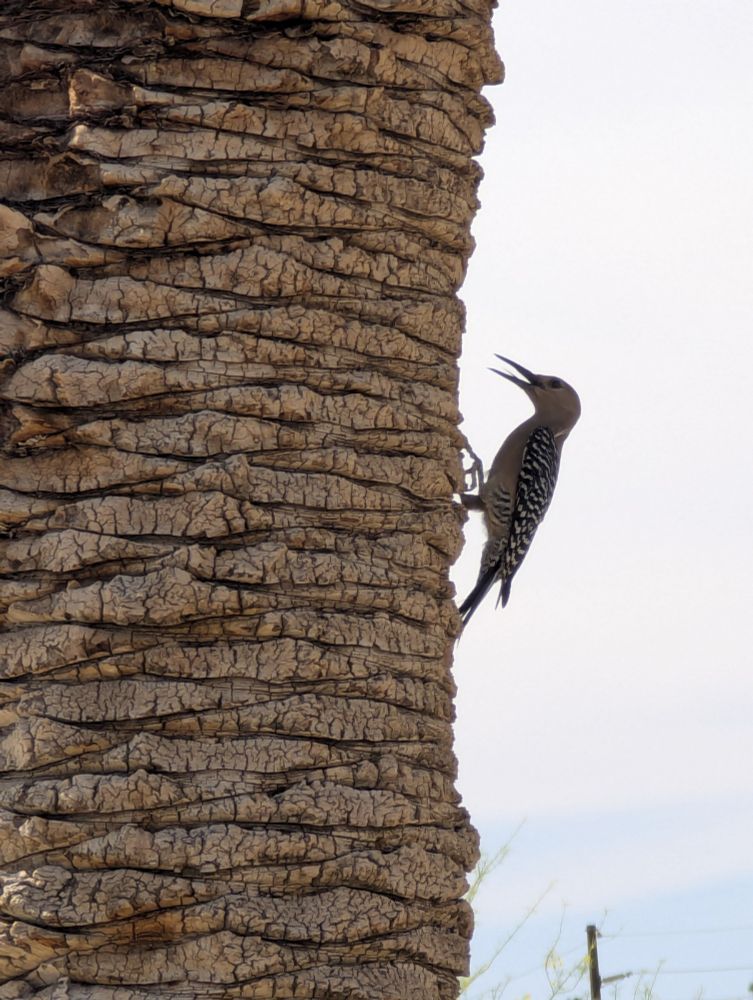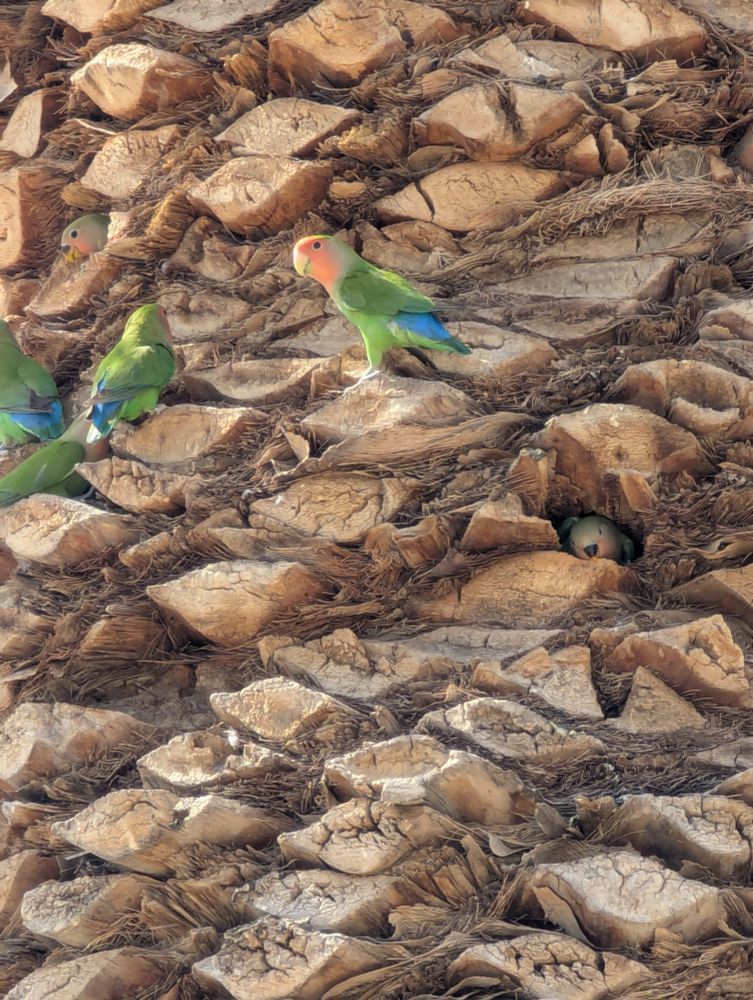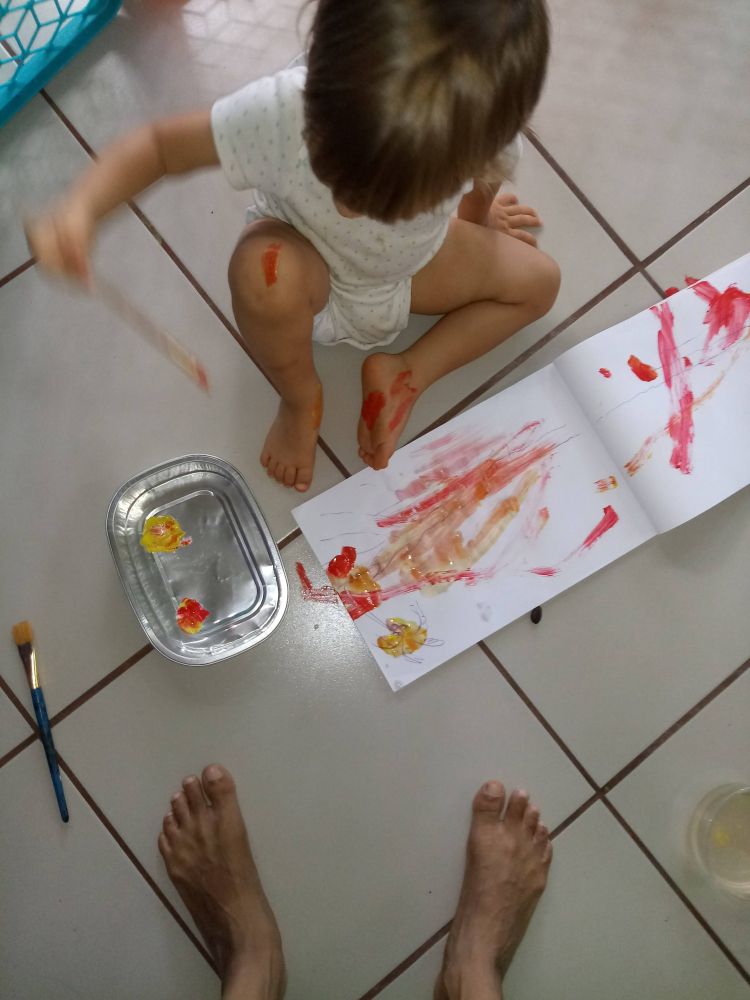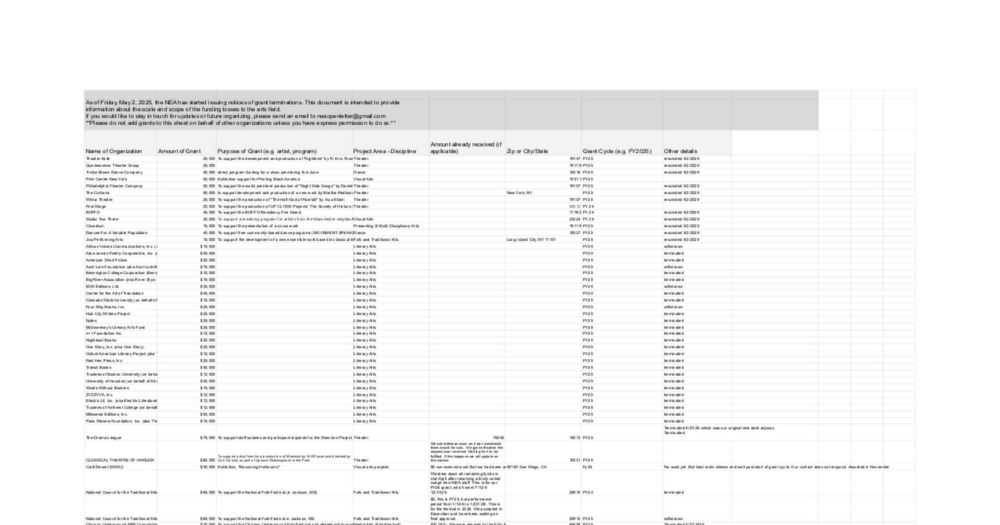Geetha Iyer
@geetha-iyer.bsky.social
140 followers
330 following
74 posts
Writes about people/nature in flux. Teaches fiction, nonfiction, graphic narratives. Spider enthusiast. Animal cognition nerd. Cross-disciplinary everything. https://geetha-iyer.com/
Posts
Media
Videos
Starter Packs
Pinned
Geetha Iyer
@geetha-iyer.bsky.social
· Aug 4
Geetha Iyer
@geetha-iyer.bsky.social
· Aug 4
Geetha Iyer
@geetha-iyer.bsky.social
· Aug 4
Geetha Iyer
@geetha-iyer.bsky.social
· Aug 4
Geetha Iyer
@geetha-iyer.bsky.social
· Aug 4
Geetha Iyer
@geetha-iyer.bsky.social
· Aug 4
Geetha Iyer
@geetha-iyer.bsky.social
· Aug 4
Geetha Iyer
@geetha-iyer.bsky.social
· Aug 4
Geetha Iyer
@geetha-iyer.bsky.social
· Aug 4
Geetha Iyer
@geetha-iyer.bsky.social
· May 14
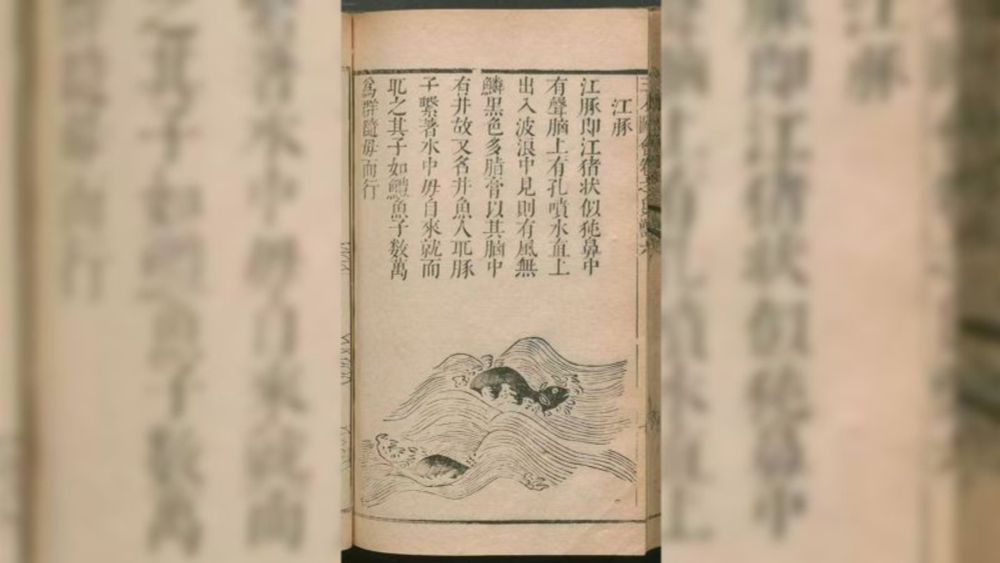
Ancient poetry unveils history of critically endangered finless porpoises, scientists say | CNN
Scientists studied more than 700 ancient Chinese poems that mention the Yangtze finless porpoise to determine its population history, according to a new study.
www.cnn.com
Geetha Iyer
@geetha-iyer.bsky.social
· May 14
Geetha Iyer
@geetha-iyer.bsky.social
· May 14
Geetha Iyer
@geetha-iyer.bsky.social
· May 8
Reposted by Geetha Iyer
Reposted by Geetha Iyer
